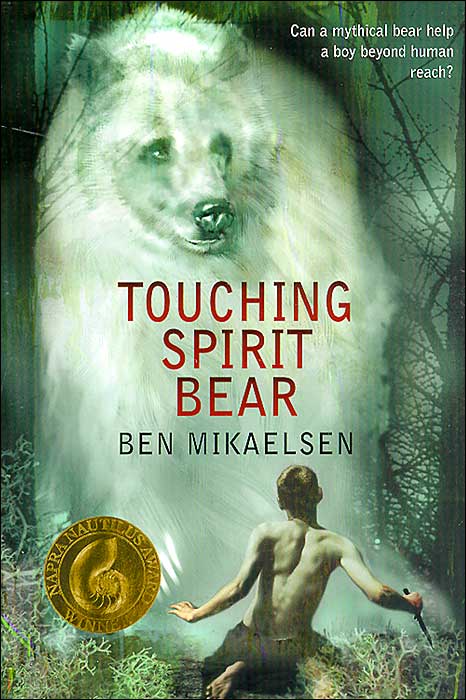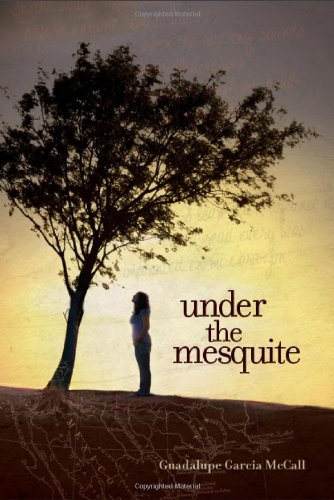
Ties that Bind, Ties that Break, by Lensey Namioka, is a wonderful adolescent novel shedding approachable insight into a cultural phenomenon that is often, at least to those unfamiliar to it, too repulsive even to attempt to understand. The protagonist, Ailin, is a girl born and raised in China in the early 1900s, during a time where traditions like binding of the feet are becoming threatened by modern changes in thought. At age 5, Ailin is engaged to marry a 7-year-old boy in a family friends with Ailin’s but after Ailin refuses to have her feet bound, the marriage is called off. Ailin is an extraordinarily courageous and strong model for teens reading, going against the norm of her peers and even family members based on her own set of values—opening up many conversations that could be had in the classroom. The middle of the book consists of her father (her one supporter in her decision to not have her feet bound) sending her to school to learn English—another big no-no to get an education. After a series of tragedies (both her father and grandmother dying), her uncle gives her the only choices for a woman without bound feet: to become a nun, a concubine, or a farmer’s wife. Instead, Ailin uses her English education to secure a nanny job with a family in America, where she eventually meets her husband—which brings you back to the start of the story of her looking back on her life as she helps her husband run his restaurant in America.
It really is an enjoyable read and the vocabulary and sentence structure are simple enough to push through with any grade in middle school. It could bring up some valuable discussions about cultural expectations and going against the grain, as well as hardships with family. I’d definitely recommend this book!























